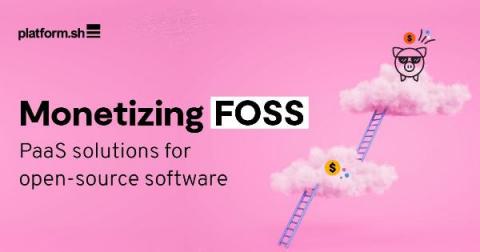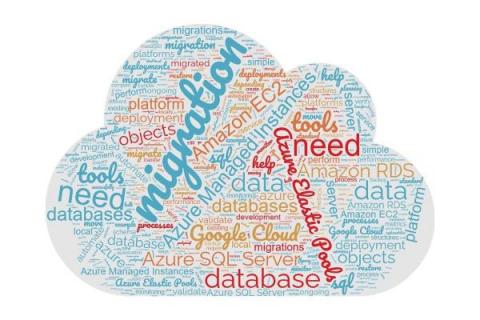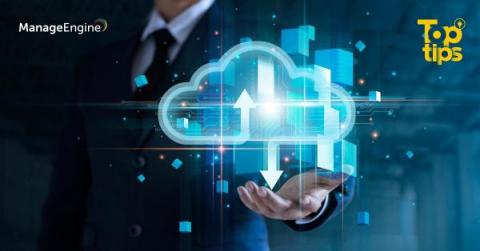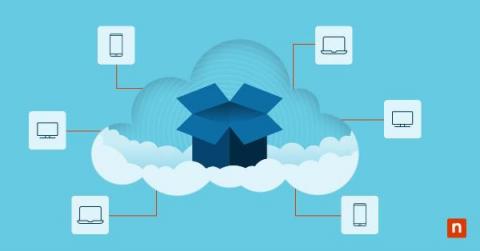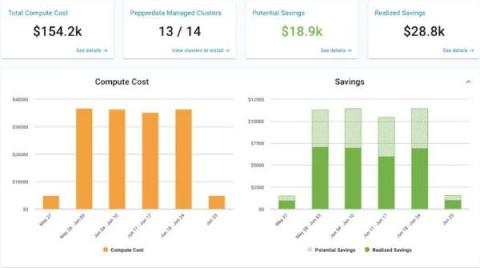What is Cloud Repatriation?
Are data center managers reversing their cloud strategy? Cloud repatriation is the process of migrating applications, data, and workloads from a public cloud environment to on-premise infrastructure, and it’s becoming a popular data center trend. According to IDC, 70-80% of companies are repatriating at least some of their data each year.



